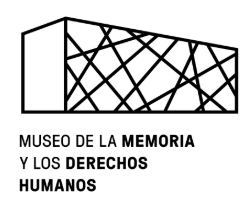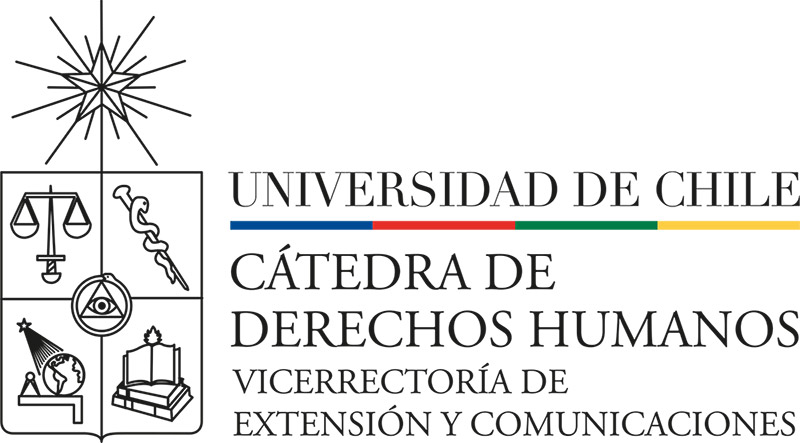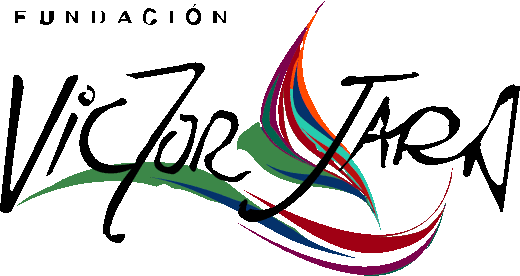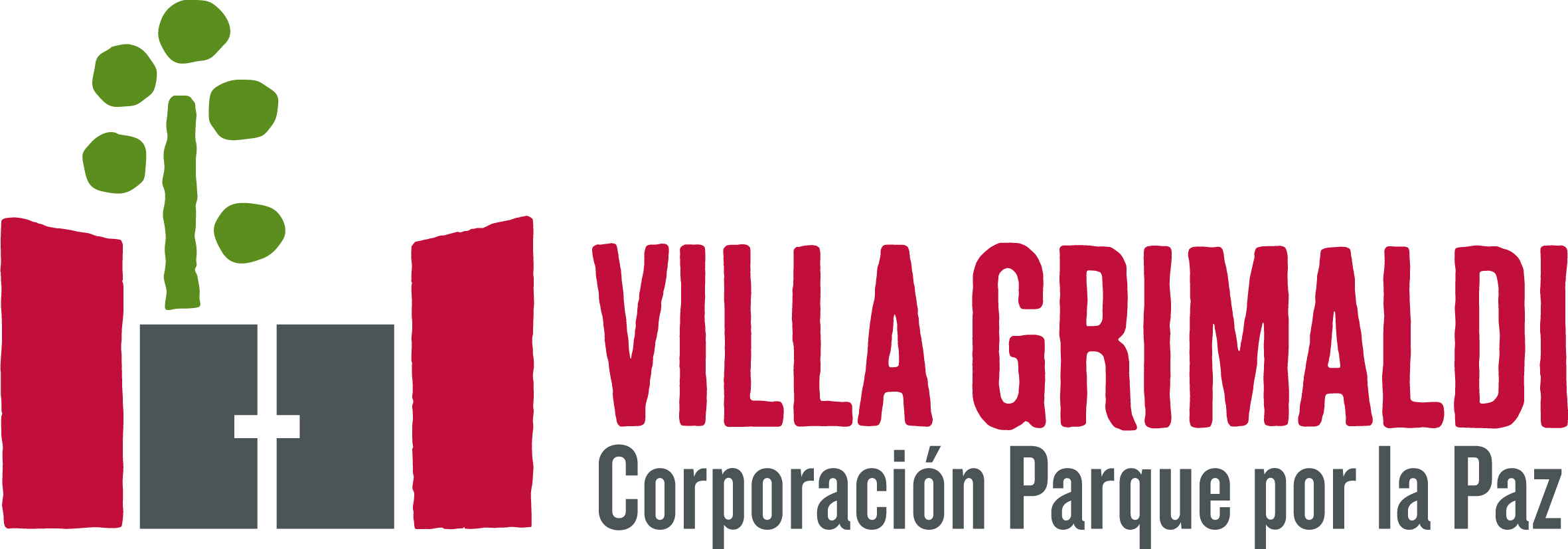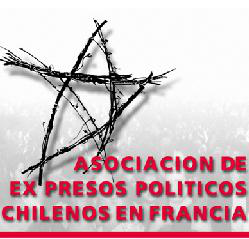 Cantos Cautivos
Cantos Cautivos
473 results where found for «Mujer, niña y amiga (A mi compañero)»
Go Tell It to the Rain (Ve y díselo a la lluvia)
Music piece by:
Clan 91
Testimony by:
Eduardo Ojeda
Experience in:
Tags:
Prayer So You Don't Forget Me (Oración para que no me olvides)
Music piece by:
Óscar Castro (words) and Ariel Arancibia González (music)
Testimony by:
Rosalía Martínez
Experience in:
Campamento de Prisioneros Cuatro Álamos, November - December 1974
Tags:
Music piece by:
Eusebio Lillo and Ramón Carnicer
Testimony by:
Eduardo Ojeda
Experience in:
Campamento de Prisioneros Isla Dawson, September 1973
Tags:
Music piece by:
Djordje Marinkovic. Chilean adaptation of traditional Serbian song, originally composed in 1916.
Testimony by:
Eduardo Ojeda
Experience in:
Tags:
St John Passion (Pasión según San Juan)
Music piece by:
Ángel Parra
Testimony by:
Luis Cifuentes Seves
Experience in:
Campamento de Prisioneros Chacabuco, January - February 1974
Tags:
Chacabuco Mass (Misa chacabucana)
Music piece by:
Ángel Parra and Ariel Ramírez
Testimony by:
Luis Cifuentes Seves
Experience in:
Campamento de Prisioneros Chacabuco, January - February 1974
Tags:
Christmas Oratorio According to St. Luke (Oratorio de Navidad según San Lucas)
Music piece by:
Gospel According to St. Luke (lyrics), Ángel Parra (music)
Testimony by:
Luis Cifuentes Seves
Experience in:
Campamento de Prisioneros Chacabuco, January - February 1974
Tags:
The Prisoner of Til Til (El cautivo de Til Til)
Music piece by:
Patricio Manns
Testimony by:
Renato Alvarado Vidal
Experience in:
Tags:
Music piece by:
lyrics: collective creation; music: 'Jálame la pitita' by Luis Abanto Morales (Peruvian polka)
Testimony by:
María Cecilia Marchant Rubilar
Experience in:
Cárcel de Mujeres Buen Pastor, La Serena, September 1973 - January 1974
Tags:
What Will the Holy Father Say (Qué dirá el Santo Padre)
Music piece by:
Violeta Parra
Testimony by:
María Cecilia Marchant Rubilar
Experience in:
Cárcel de Mujeres Buen Pastor, La Serena, September 1973 - January 1974
Tags:
